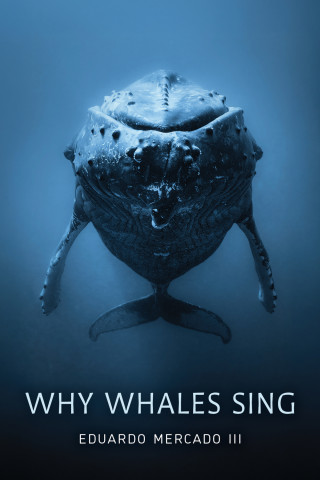
Reviews
Phenotypic Plasticity is the most comprehensive book on this topic. It provides both a solid basis for understanding the subject and an inspiring synthesis of the current state of the discipline, and so can be equally recommended for students starting their research, for experts in the field and for all scientists generally interested in phenotypic plasticity. Hardly anyone will read this book without gaining new insights or new inspirations. The book is a 'must read' in the fields of evolution and ecology, and as such is an ideal topic for seminars. I highly recommend it and look forward to the next volumes in Scheiner's series.
It is difficult to see how any student of phenotypic plasticity will be able to get by without a copy of this on their shelf... [it] appeals to students at all levels of development and sophistication... It is a fascinating read and will not fail to stimulate new insight into this most important topic.
I appreciate the style of the book—theory, discussion, and plentiful examples from both zoology and botany are well balanced making the text understandable for a wide audience.
This book... strongly shakes and stimulates our minds. After reading this book, I feel that I can understand a little more about the diversification and evolution of the fascinating living worlds surrounding us.
Refreshing and enlightening... It is difficult to identify an ecologist or evolutionary biologist who would not be interested in this book.
Every biologist interested in evolutionary biology should read this book... The book has one central purpose, to propose and defend the proposition that to understand phenotypic evolution we must take into account phenotypic plasticity, not simply as an interesting peripheral phenomenon but as an integral part of the evolutionary process... I think that the authors produce and extremely strong case which should encourage more research in this fast-developing area.
The authors write well on timely subjects, control a broad wealth of knowledge, and raise examples ranging from the molecular to the morphological, animal to plant. The introduction alone will put many things in modern biology into clearer perspective, while the detailed middle chapters provide specific examples... The authors are persuasive proponents of their viewpoint.
Book Details
Series Editor's Foreword, by Samuel M. Scheiner
Foreword, by Paul Brakefield
Preface
Chapter 1. What is Phenotypic Plasticity?
Chapter 2. Studying and Understanding Plasticity
Chapter 3. A Brief
Series Editor's Foreword, by Samuel M. Scheiner
Foreword, by Paul Brakefield
Preface
Chapter 1. What is Phenotypic Plasticity?
Chapter 2. Studying and Understanding Plasticity
Chapter 3. A Brief (Conceptual) History of Phenotypic Plasticity
Chapter 4. The Genetics of Phenotypic Plasticity
Chapter 5. The Molecular Biology of Phenotypic Plasticity
Chapter 6. The Developmental Biology of Phenotypic Plasticity
Chapter 7. The Ecology of Phenotypic Plasticity
Chapter 8. Behavior and Phenotypic Plasticity
Chapter 9. Evolution of and by Phenotypic Plasticity
Chapter 10. The Theoretical Biology of Phenotypic Plasticity
Chapter 11. Phenotypic Plasticity as a Central Concept in Evolutionary Biology
Epilogue. Beyond Nature and Nurture
Notes
References
Author Index
Subject Index





